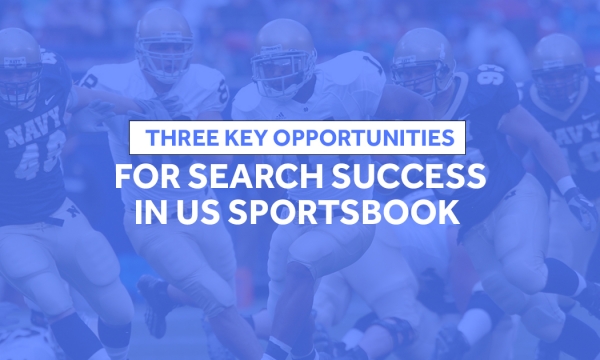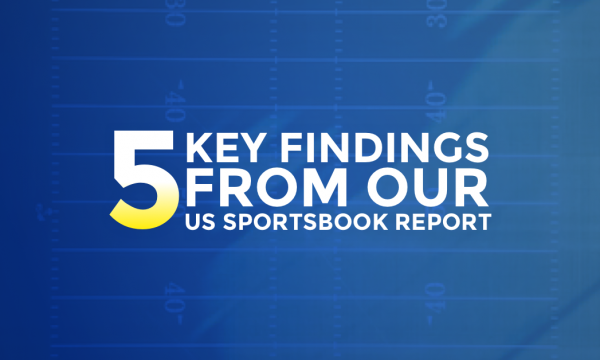The issue of brand safety was one that dogged Google, and YouTube in particular, through 2017. The video platform has come under enormous scrutiny over how it places brand content against content posted by the community, with many advertisers pulling their campaigns during the latter half of the year. Things came to a head recently following the Logan Paul scandal.
Paul, a prominent YouTube celebrity, was kicked off the platform due to the content of one of his videos. The scandal was particularly awkward for Google, as his channel was part of the Google Preferred network – an exclusive group of channels that are considered to be amongst the top 5% of content, and therefore are more valuable to advertisers.
So how has Google responded?

Aside from removing Logan Paul from YouTube, Google has introduced a raft of changes to its advertising policies that it believes will clean up what is still a largely self-policing platform.
The biggest change is stricter criteria for channels to be monetised. Historically, content creators needed to have 10,000 views before they could monetise their channels.
That policy has now changed and instead, channels need to have 1,000 subscribers and 4,000 hours of watched time over a 12-month period. This new criteria is set to become active in just one month’s time, on 20th February.
The other big change comes to Google’s Preferred scheme, where Google will start manually reviewing content to ensure that it remains “brand safe”, and ads will only run on videos that Google has vetted. This will be active from mid Feb in the USA, following by globally release in March.
What are the negatives for my media plan?

The immediate impact for brands will be that there are fewer ad spaces available. Particularly for brands that are looking to target a particular niche, the new guidelines are likely to significantly reduce the number of advertising slots available. Advertisers may find that there is only one channel within that niche carrying ads, and that will inevitably drive up costs.
That may result in brands broadening their targeting in order to acquire media space at a lower cost, but this carries its own risks. If the targeting is too broad, it will invariably impact on the effectiveness of that campaign.
But what are the positives for advertisers?

Google says that these changes are all about giving brands more confidence in the YouTube platform.
By restricting the volume of content that can carry ads, Google is minimising the risk that a brand’s content may appear next to content that it or its audiences find questionable.
The changes to Google Preferred in particular add a layer of content policing that is rarely seen on digital media, but is commonplace for other forms of media – something that many brands will warm to.
Preferred therefore more confidence in keeping or increasing budgets across YouTube.
What can we do to influence brand safety?
Whilst Google’s policy changes are significant, it is unlikely to completely address the issue of brand safety, and that therefore puts some emphasis back onto the brands themselves to ensure that they don’t expose themselves to questionable content.
Brands should regularly review their targeting approach, and methods such as contextual targeting offer more control over where ads appear. However if you have broader targeting, such as topical or remarketing, you will need more placement based optimisations.
And whilst time consuming, brands need to ensure that they are manually reviewing where their ads are appearing. Whilst automated processes are effective, they’re not infallible, and brands need to ensure that they have a control over where their content is appearing at any given moment.


